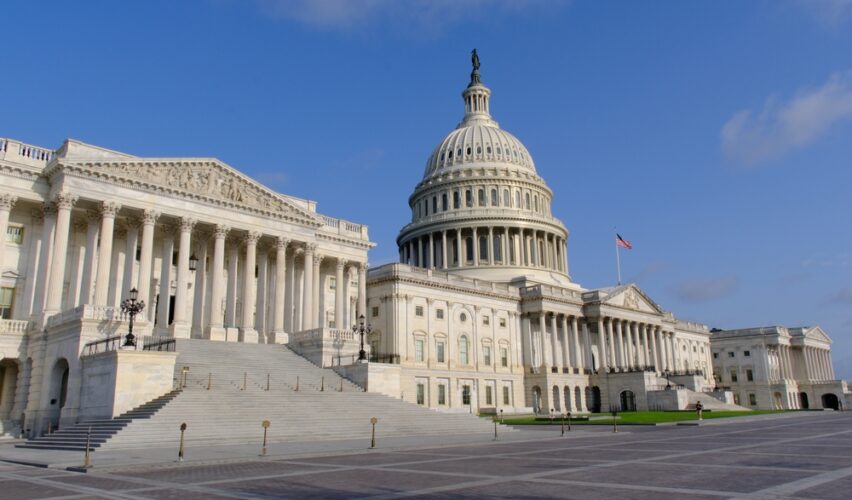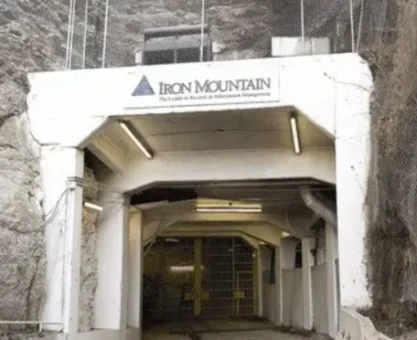President Trump has prolonged the federal hiring freeze, initiated at the start of his term, until July 15, 2025. This move sets the stage for significant job reductions and operational changes across most federal agencies.
The original freeze, which lacked an end date, was set to lift once agencies developed plans to reduce the federal workforce through efficiency gains and natural attrition. Agencies were instructed to submit these plans to the Office of Management and Budget (OMB) by April 14, 2025.
While some agencies have already started downsizing, these efforts have largely targeted smaller entities or specific units within larger organizations. The most substantial impacts—widespread layoffs, reorganizations, and potential mandatory relocations—have begun to take place.
The extended freeze mirrors the original, maintaining exemptions for positions critical to immigration enforcement, national security, or public safety. It also ensures uninterrupted delivery of Social Security, Medicare, and veterans’ benefits. The Office of Personnel Management (OPM) retains authority to approve hiring waivers or new positions, with existing waivers remaining valid unless revoked.
Consistent with the initial order, the IRS faces an ongoing hiring freeze with no end date. After the general freeze expires, agencies will be permitted to fill only one of every four vacant positions resulting from attrition.
The hiring freeze is a key element of a strategy to streamline staffing and minimize reliance on the complex Reduction in Force (RIF) process, which allows employees multiple avenues for legal appeals. Other measures include terminating probationary employees—currently under legal challenge, though earlier court injunctions have been lifted—and offering early retirement, voluntary separation incentives, and a “deferred resignation” program.
The deferred resignation program, which your prior inquiries touched on, saw approximately 75,000 employees participate in an initial government-wide round in early 2025. A second round of agency-specific offers, now concluded or nearing completion, reportedly had higher participation rates, though exact numbers remain unreported.
Additionally, Trump has loosened restrictions on relocating agency operations by revoking executive orders from the Carter and Clinton administrations that prioritized urban locations. As during his first term, the administration aims to reposition federal offices to bring employees closer to the communities they serve while cutting real estate costs.
Draft budget documents from the OMB indicate that President Trump will enact a pay freeze for 2026. While the proposal is in motion, its implementation depends on Congressional approval and could face opposition. For now, federal employees should prepare for the possibility of stagnant wages in 2026.
Unsure of the best path forward in these uncertain times? Reach out to a Federal Retirement Consultant® who is thoroughly vetted and has the knowledge to help you navigate your complex federal benefits.

























